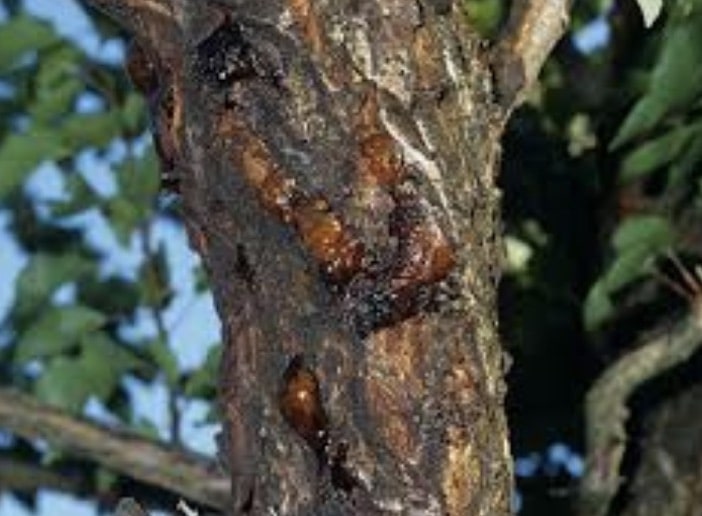The diagram shows a light source, slits and a translucent screen arranged for an experiment on light. Light and dark bands form on the screen. The light has a wavelength of 590 nm. The diagram is not to scale.
- Explain how any one of the dark bands forms on the screen. (3 marks)
--- 6 WORK AREA LINES (style=lined) ---
- The distance between the centres of the double slit is 0.15 mm, and the distance between the double slit and the screen is 0.75 m.
- Calculate the distance on the screen from the centre of the central maximum to the centre of a second-order bright band. (3 marks)
--- 6 WORK AREA LINES (style=lined) ---

